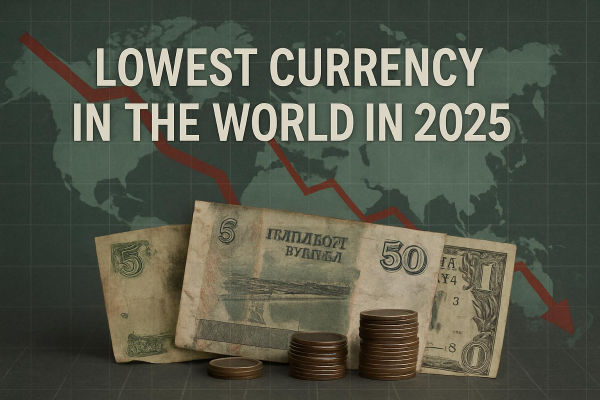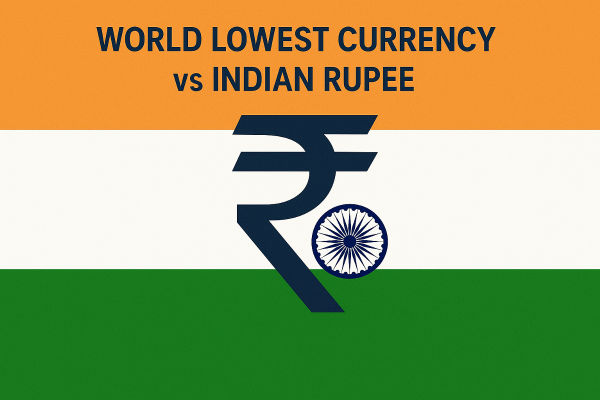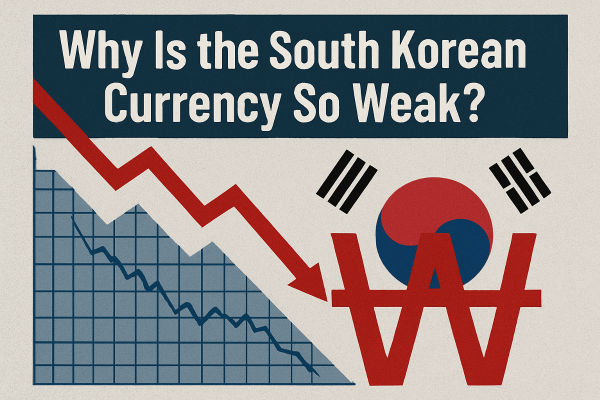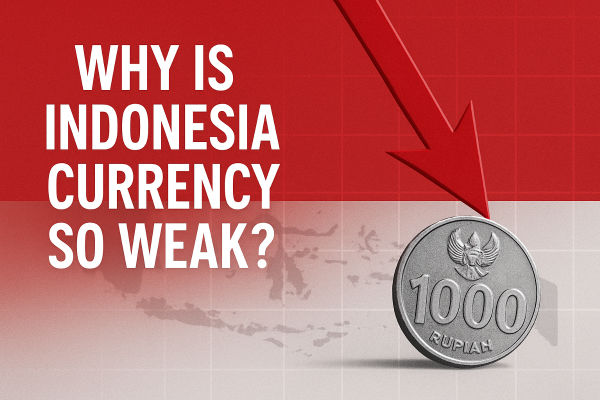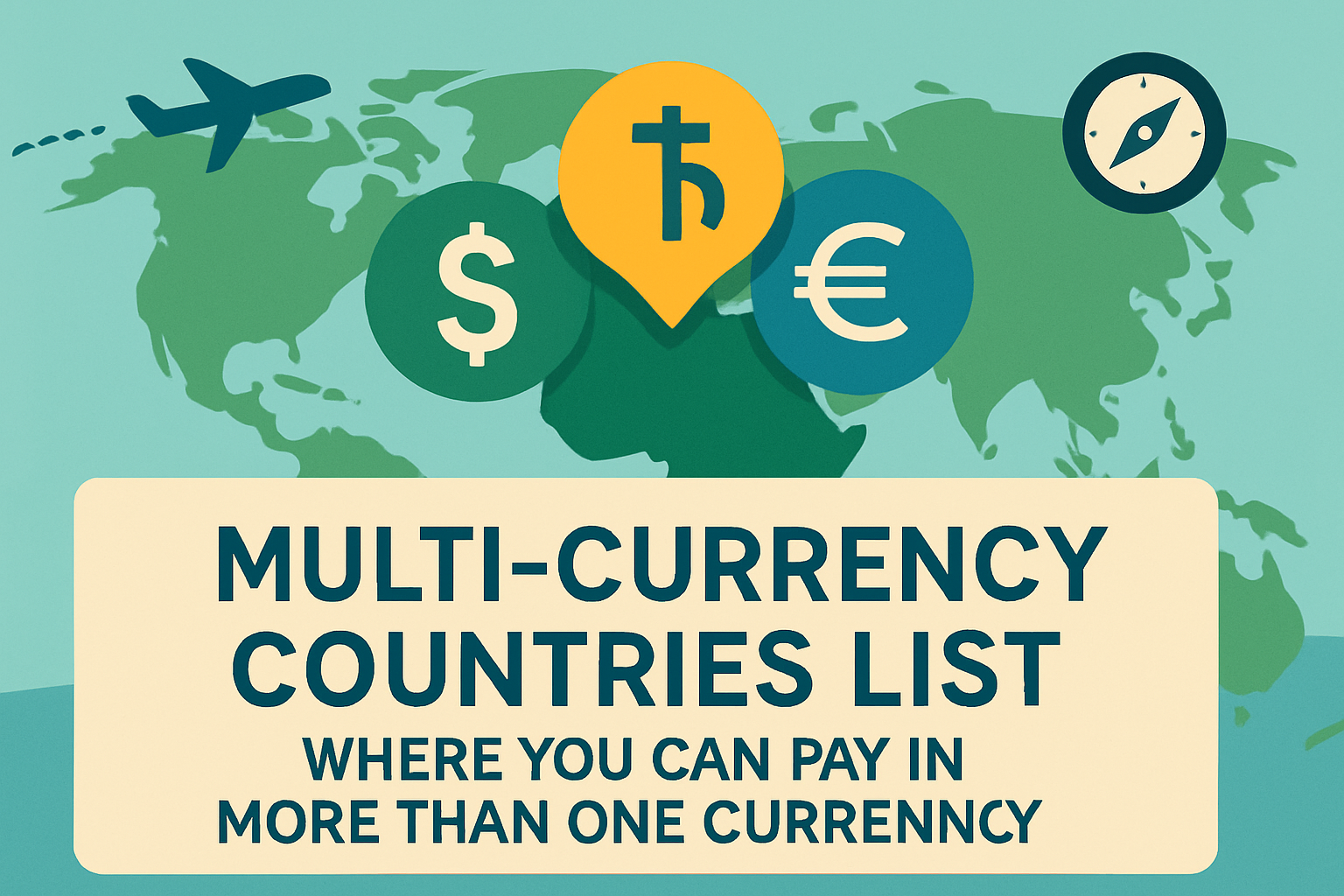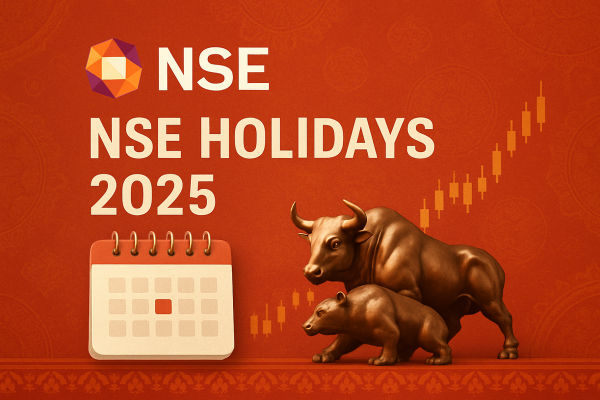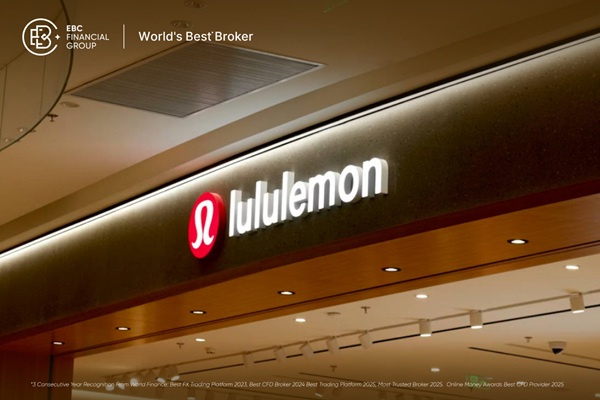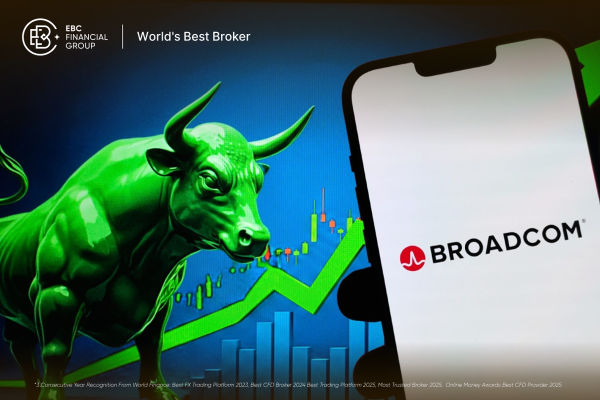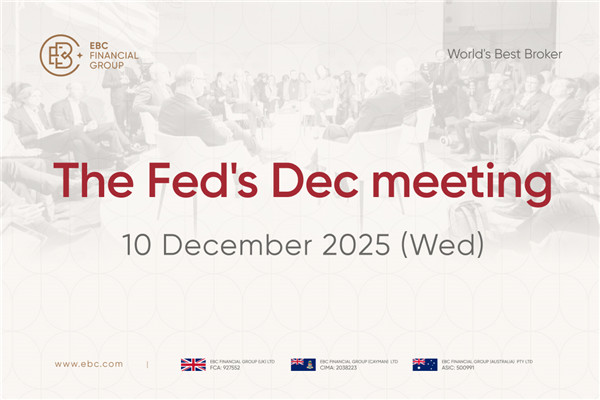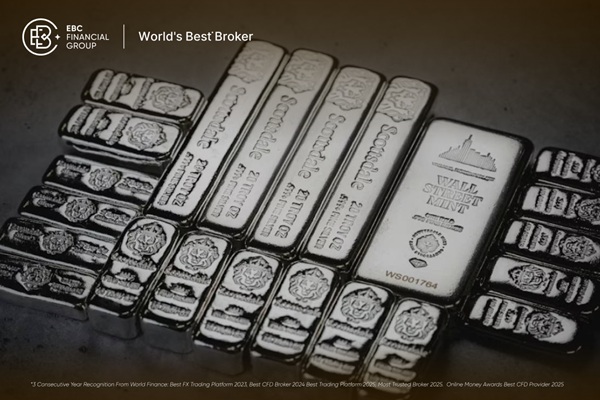Ever wondered which currencies are trading at rock‑bottom levels in 2025? These fragile currencies reflect deep economic ailments, from runaway inflation and political instability to war and sanctions.
For context, a weak currency is typically characterised by the low amount needed to equal a single U.S. dollar, or worsening purchasing power due to inflation and economic instability. It's not just zeros after the decimal; it's often a sign of systemic challenges.
Below is an authoritative ranking of the 20 weakest currencies globally, along with the latest exchange rates, economic backgrounds, and reasoning.
Lowest Currency in the World: Top 20 List
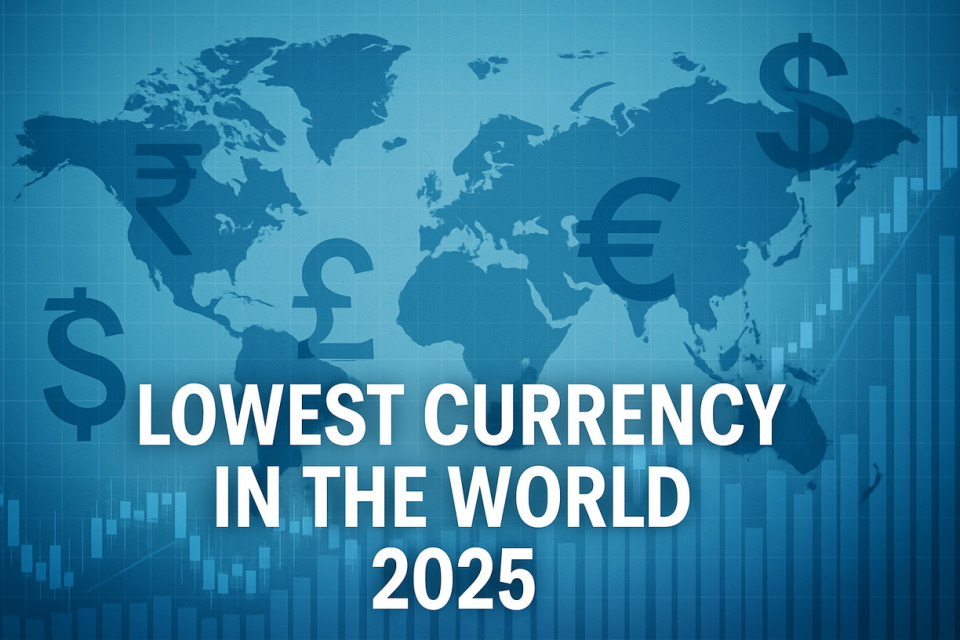
1. Lebanese Pound (LBP)
Exchange Rate: 1 USD ≈ 89,550 LBP (range of 89,550–90,024)
Approx. USD Value per Unit: 0.000011
Why It's Weak: Persistent financial collapse fueled by hyperinflation, banking crises, market dollarisation, and lack of currency reform. The official rate is artificially capped, but black‑market demand pushes valuations far weaker.
The average 2025 rate sits at ~89,585 LBP per USD, making the pound essentially worthless on a true market basis.
2. Zimbabwean Dollar / ZiG
Why It's Weak: Launched in April 2024 to eventually displace the Zimbabwe dollar, the ZiG has lost over 90% of its launch value.
Poor public confidence, inflation, currency controls, and reliance on USD for everyday transactions continue to undermine its adoption, despite being gold-backed. Official exchange is enforced, but parallel markets dominate trade.
3. Iranian Rial (IRR)
Exchange Rate: 1 USD ≈ 42,112 IRR (range of 42,039–42,112)
Approx. USD Value per Unit: 0.000024
Why It's Weak: Severe U.S. sanctions, chronic inflation, mismanagement of currency peg, and political isolation have deeply eroded purchasing power. Additionally, the disparity between official and street markets heightened depreciation.
4. Vietnamese Dong (VND)
Exchange Rate: 1 USD ≈ 26,313 VND (range of 25,080–26,425)
Approx. USD Value per Unit: 0.000038–0.000039
Why It's Weak: Managed depreciation to promote exports, persistent inflation, and low interest rates keep the dong value suppressed. The government maintains pegged/smoothing regimes to support trade competitiveness.
5. Sierra Leonean Leone (SLL)
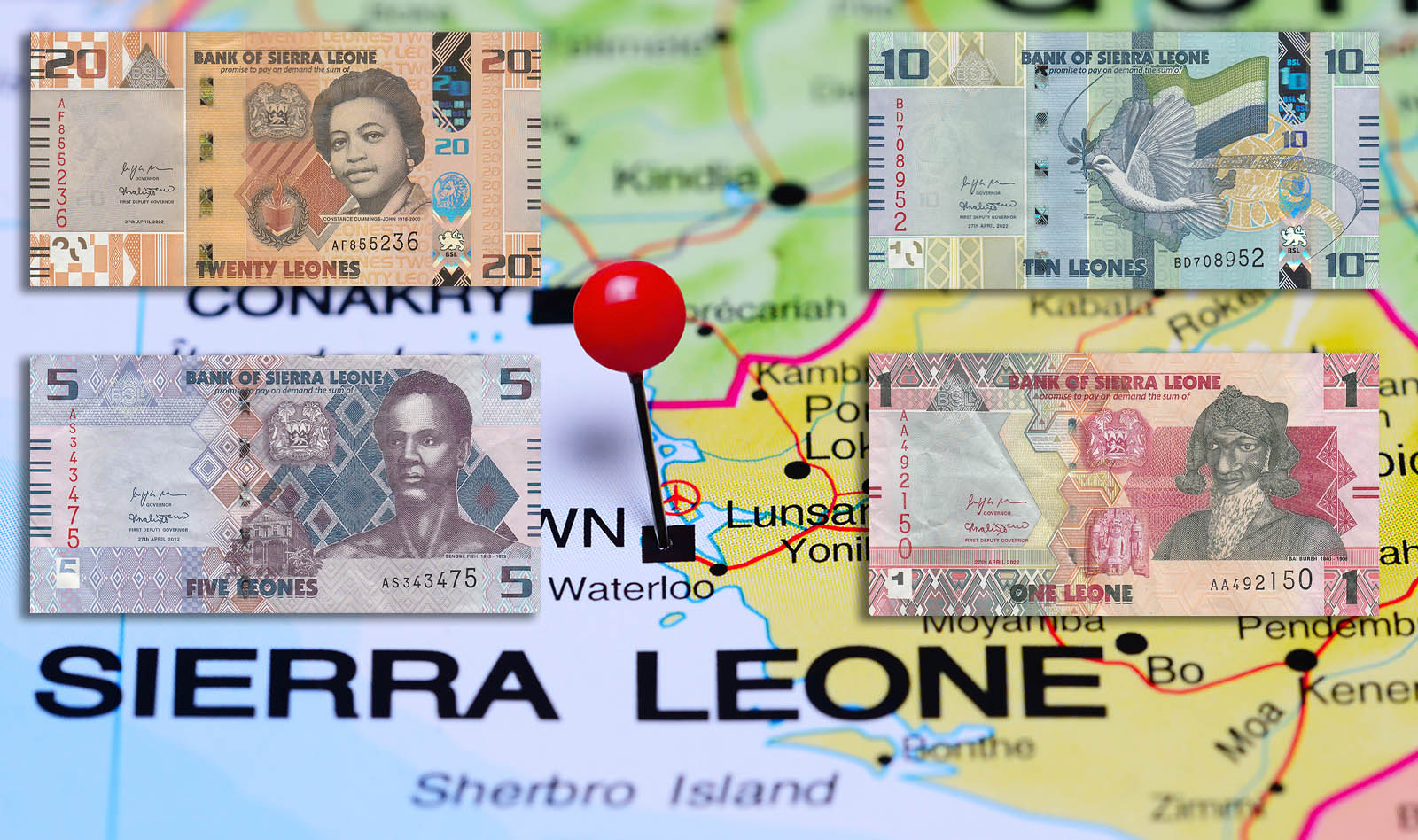
Why It's Weak: Weak economic fundamentals, low export diversification, high dependency on foreign aid, and fragile governance contribute to persistent currency losses.
6. Laotian Kip (LAK)
Why It's Weak: Its landlocked status, restricted foreign investment, dependence on natural resources, and inflationary pressures contribute to making the kip one of the weakest currencies worldwide.
7. Indonesian Rupiah (IDR)
Exchange Rate: 1 USD ≈ 16,688 IDR (range of 14,871–17,051)
Approx. USD Value per Unit: 0.000060
Why It's Weak: Exposure to commodity cycle swings, structural inflation, and a large current account weakens the rupiah's strength. The central bank occasionally intervenes, but depreciation trends persist.
8. Uzbekistani Som (UZS)
Exchange Rate: 1 USD ≈ 12,023 UZS (range of 11,941–13,145)
Approx. USD Value per Unit: 0.000083
Why It's Weak: The legacy of a restricted economy and extensive government regulation, sluggish reformation, and constrained foreign exchange inflows cause official conversion rates to be unrealistically low compared to black-market prices.
9. Guinean Franc (GNF)
Why It's Weak: Although rich in minerals, ongoing political instability, ineffective governance, and high inflation diminish public confidence and devalue the franc.
10. Paraguayan Guarani (PYG)
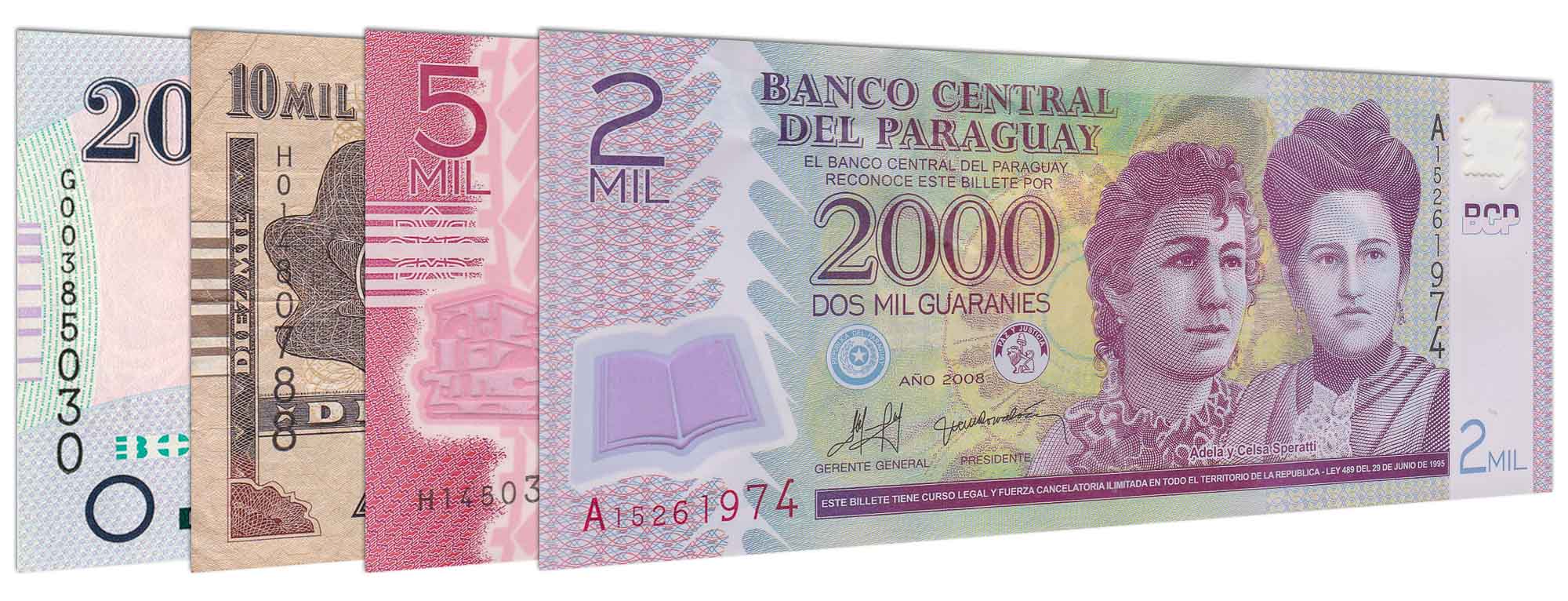
Exchange Rate: 1 USD ≈ 7,089 PYH (range of 6,873–7,948)
Approx. USD Value per Unit: 0.00014
Why It's Weak: Small export base, dependency on agriculture and hydropower, and high inflation contribute to gradual currency depreciation. Limited financial markets and structural deficits hamper stability.
11. Malagasy Ariary (MGA)
Why It's Weak: Chronic inflation, limited export diversity, and reliance on agricultural income contribute to persistent currency weakness, despite sizeable tourist remittances and mineral exports failing to strengthen the ariary.
12. Cambodian Riel (KHR)
Why It's Weak: A heavy reliance on tourism and garment exports, inadequate institutional infrastructure, and capital restrictions have maintained the riel at a diminished value. USD is frequently used alongside KHR in daily transactions.
13. Myanmar Kyat (MMK)
Why It's Weak: Political turmoil following the 2021 coup led to economic collapse, sanctions, and isolation. Dual exchange systems and hyperinflation in black markets deepen the kyat's weakness.
14. Burundian Franc (BIF)
Why It's Weak: Prolonged conflict, severe poverty, and a constrained economic framework lead to continuous devaluation. Political instability exacerbates inflation and forex scarcity.
15. Congolese Franc (CDF)
Why It's Weak: Despite mineral wealth, political instability and poor governance have undermined the franc. Inflation and dollar dominance in trade weaken its real value.
16. Tanzanian Shilling (TZS)
Why It's Weak: Slow economic diversification, inflation pressure, and reliance on commodity exports keep the shilling at a low value. Structural deficits and forex shortages also play a role.
17. Rwandan Franc (RWF)
Why It's Weak: A minor economy with a restricted export foundation, significant import reliance, and persistent fiscal deficits inhibits franc strengthening. Stable but low capital inflows.
18. Nigerian Naira (NGN)
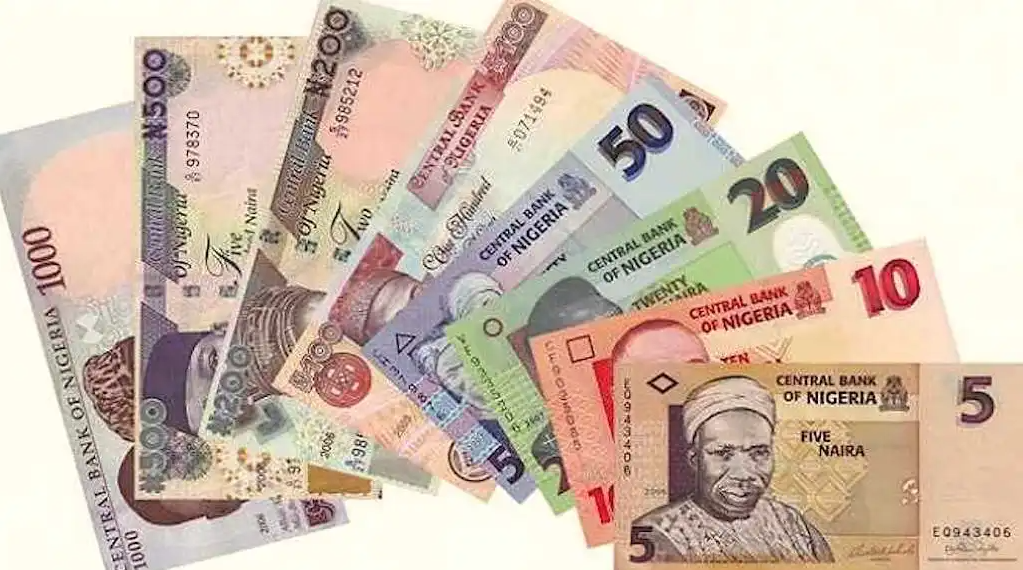
Why It's Weak: Oil dependence, persistent inflation, and foreign exchange shortages erode the value. Multiple currency windows and government intervention distort pricing.
19. Argentine Peso (ARS)
Why It's Weak: Decades of hyperinflation (exceeding 100% YoY), repeated devaluations, and currency controls have eroded peso value.
Although Milei's administration removed numerous controls with the IMF reforms seeking to stabilise, the inflation rate persists at a high level (~26%), and the crawling peg continues to be adjusted downward.
ARS continues to rank among the weakest currencies, at times even appearing overvalued, considering black-market exchange rates and economic instability.
20. Iraqi Dinar (IQD)
Why It's Weak: A strong dependence on oil, political turmoil, and gradual reforms hinder the dinar. Severe inflation and limited diversification reduce investor confidence.
Frequently Asked Questions
1. Which Is the Weakest Currency in the World Right Now?
The Lebanese pound (LBP) is the weakest currency in the world by unit value in late 2025.
2. What Developments in Iran Are Driving Weakness in the Rial?
In late 2025, the Zimbabwean government initiated a redenomination process by removing four zeros from the currency to simplify transactions.
3. Which Countries Are Not Yet in the Bottom 20 but at Risk in 2025?
In 2025, Zambia, Sri Lanka, and some frontier African economies, where political risk, falling commodity receipts or fiscal slippage could push them into the weakest ranks.
Conclusion
In conclusion, value doesn't equal stability in 2025. Many of the world's lowest currencies belong to resource-rich nations or tourist-dependent economies that lack robust institutions, suffer inflation, or endure conflict.
Whether you're an investor, policymaker, or simply curious about global economic health, understanding currency weakness helps reveal where the world economy remains fragile and where opportunities for reform and risk lie.
Disclaimer: This material is for general information purposes only and is not intended as (and should not be considered to be) financial, investment or other advice on which reliance should be placed. No opinion given in the material constitutes a recommendation by EBC or the author that any particular investment, security, transaction or investment strategy is suitable for any specific person.
